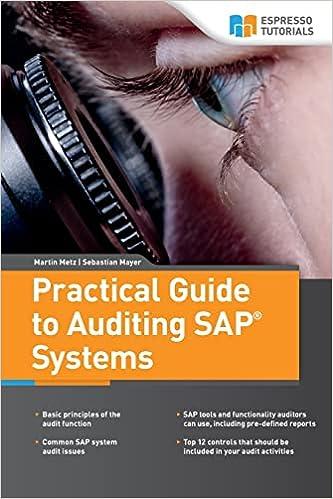The comparative financial statements prepared at December 31, year 2, for Goldfish Company showed the following Year 1 Statement of Earnings Sales revenue Cost of sales Gross margin Operating expenses and interest expense Earnings before income taxes Income tax expense Net earnings Statement of Financial Position Cash Accounts receivable (net) Inventory Property, plant, and equipment (net) Current liabilities (no interest) Non-current liabilities (10% interest) Common shares (6,000 shares) Retained earnings Year 2 $195,000 120,000 75,000 60,000 15,000 4,000 $ 11,000 $4,000 15,000 40,000 45,000 $104,000 $ 16,000 45,000 30,000 13,000 $104,000 $165,000 100,000 65,000 53,000 12,000 3,000 $ 9,000 $ 8,000 18,000 35,000 38,000 $ 99,000 $ 19,000 39,000 30,000 11,000 $ 99,000 *One-third was credit sales. During year 2, cash dividends amounting to $9,000 were declared and paid. Required: 1. Present component percentages for year 2 only. (Input all amounts as positive values. Round the final answers whole percent. Percentages may not add exactly due to rounding.) Statement of earnings: Sales revenue Cost of sales Gross margin Operating expenses and interest expense Earnings before income taxes Income tax expense Net earnings Statement of financial position: Cash Accounts receivable (net) Inventory Property, plant and equipment (net) Total assets Current liabilities Long-term liabilities Common shares Retained earnings Total liabilities and shareholders' equity Component Percentages Year 2 47,590 % 40,620 % 6,970 % 3,750 % 3,220 % 1,150% 2,070 % (4,620) % (4,050) % 6,340 % 6,010 % 3,680 % % % % % 0% Compute the following for year 2: 2-a. Percentage markup on sales. (Round percentage answer to 1 decimal place (i.e., 0.124 should be entered as 12.4).) Average percentage % 2-b. Income tax rate. (Round percentage answer to 1 decimal place (i.e., 0.124 should be entered as 12.4).) Average income tax % 2-c. Net profit margin ratio. Was it a good or poor indicator of performance? (Round percentage answer to 2 decimal places (i.e. 0.1243 should be entered as 12.43).) Net profit margin ratio % 2-d. Percentage of total resources invested in property, plant, and equipment. (Round percentage answer to 2 decimal places (i.e.. 0.1243 should be entered as 12.43).) Percentage % 2-e. Debt-to-equity ratio. Interpret the result. (Round the final answer to 2 decimal places.) Debt-to-equity ratio 2-4. Return on assets. Assume that long-term debt increased to $45,000 in month 1 of year 2. (Round intermediate calculations to 3 decimal places and percentage answer to 2 decimal places (i.e., 0.1243 should be entered as 12.43).) Return on assets 2-g Return on equity. (Round percentage answer to 2 decimal places (i.e., 0.1243 should be entered as 12.43).) Return on equity 2-h. Financial leverage percentage. Did borrowing from creditors benefit shareholders? (Round intermediate calculations to 2 decimal places and percentage answer to 1 decimal place (i.e., 0.124 should be entered as 12.4).) Financial leverage percentage %











